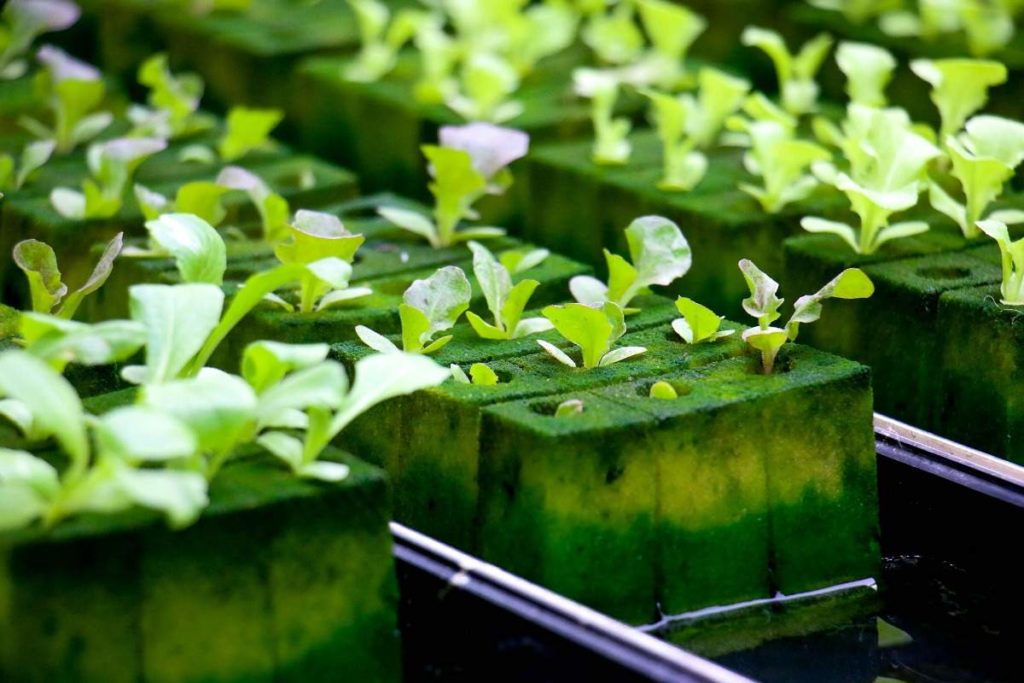Organic hydroponics: principles and practices
In recent years, there has been a surge in interest for organic farming and sustainable agriculture practices. One innovative method that has gained popularity is organic hydroponics. Combining the benefits of hydroponics with organic cultivation techniques, this approach allows farmers to grow plants without soil while maintaining organic standards. In this article, we will explore the principles and practices of organic hydroponics.
Principles of Organic Hydroponics:
1. Soilless cultivation: Unlike traditional farming methods that rely on soil as a medium for plant growth, organic hydroponics utilizes different growing mediums such as coconut coir, perlite, or rockwool. These inert materials provide support to the roots while allowing them to absorb nutrients from a nutrient-rich water solution.
2. Organic inputs: To maintain organic certification, it is essential to use only approved inputs in an organic hydroponic system. This includes using natural fertilizers derived from composted plant matter or animal byproducts instead of synthetic chemicals.
3. Pest control: Integrated pest management (IPM) techniques are employed to control pests and diseases in an organic hydroponic setup. Beneficial insects like ladybugs or predatory mites can be introduced to combat pests naturally without relying on chemical pesticides.
4. Nutrient management: Organic hydroponics relies on carefully formulated nutrient solutions that meet the specific needs of each crop being grown. These solutions contain essential macronutrients like nitrogen (N), phosphorus (P), potassium (K), as well as micronutrients required for healthy plant growth.
Practices of Organic Hydroponics:
1. Setting up the system: A basic organic hydroponic system consists of containers filled with a growing medium where plants are supported, along with a reservoir for holding the nutrient solution and a pump for circulation.
2. Choosing suitable crops: While almost any crop can be grown using this method, some plants thrive better in hydroponic systems than others. Leafy greens like lettuce, herbs, and strawberries are popular choices for organic hydroponics due to their fast growth and high market demand.
3. Monitoring pH levels: Maintaining the correct pH level is crucial for nutrient availability to plants. Regular monitoring of the pH level using a testing kit or meter helps ensure that it remains within the optimal range (typically 5.5-6.5).
4. Nutrient solution management: The nutrient solution needs to be replenished regularly to provide adequate nutrition to the plants. Adjustments may also be necessary based on plant requirements at different stages of growth.
Benefits of Organic Hydroponics:
1. Reduced water usage: Organic hydroponic systems use up to 90% less water compared to traditional soil-based farming methods as water is recirculated in a closed-loop system.
2. Year-round production: By controlling environmental conditions such as temperature, humidity, and light, organic hydroponics allows farmers to grow crops year-round regardless of external weather conditions.
3. Enhanced plant health and productivity: With precise control over nutrients and growing conditions, plants in an organic hydroponic setup often exhibit faster growth rates, higher yields, and increased disease resistance.
4. Space efficiency: Hydroponics enables vertical farming techniques where crops can be stacked vertically instead of being spread out horizontally over large areas of land. This makes it possible to grow more food in limited spaces.
In conclusion, organic hydroponics offers an innovative approach for sustainable agriculture by combining the principles of organic farming with soilless cultivation techniques. By implementing these practices correctly, farmers can enjoy increased crop productivity while minimizing resource consumption and maintaining ecological balance – all essential aspects of modern-day farming practices.


Leave a comment